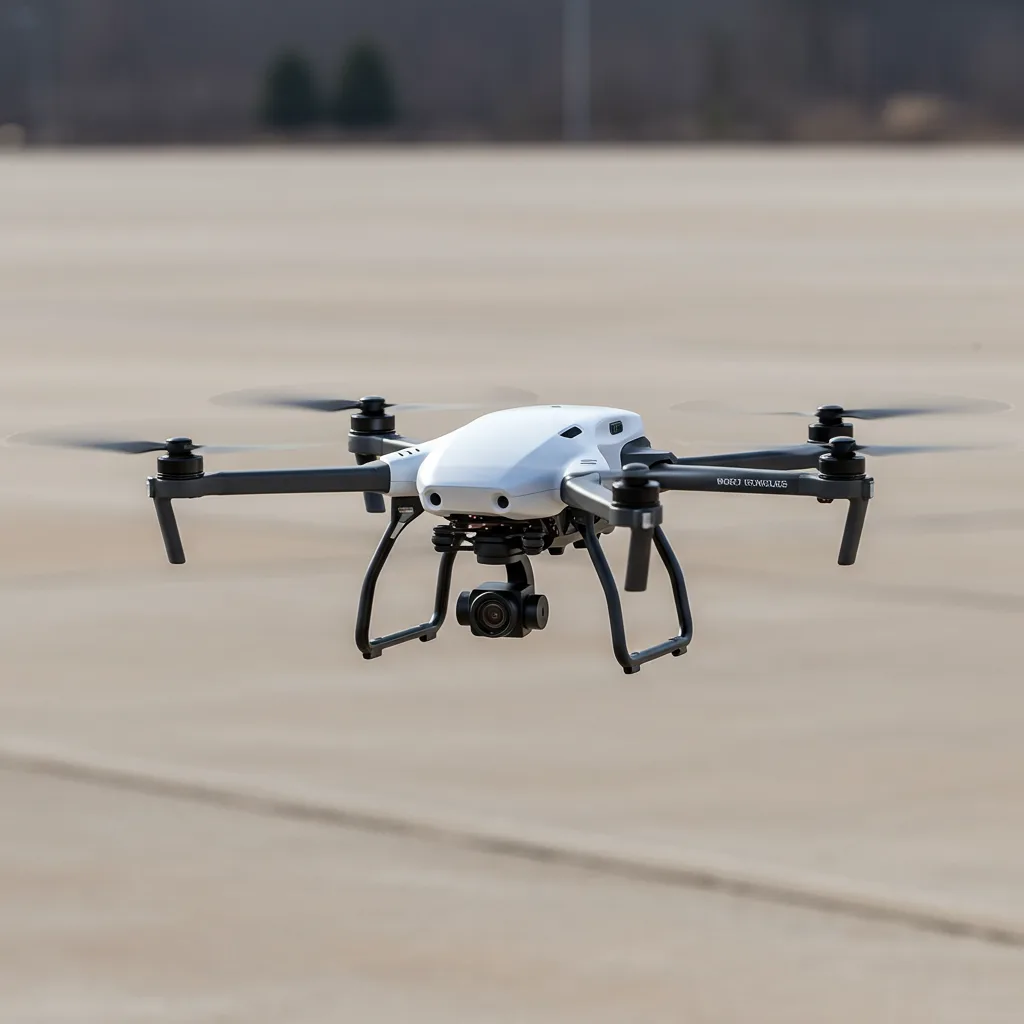Made-in-America Drone Maker Neros Eyes Major Pentagon Breakthrough


When Neros Technologies launched in 2023, the U.S. military showed limited interest in small, first-person-view (FPV) drones. But for CEO and co-founder Soren Monroe-Anderson, a professional drone racer turned defense entrepreneur, the potential was clear—especially after witnessing their battlefield impact in Ukraine.
“We had to find the right customers who were ready to move fast on this technology,” Monroe-Anderson told Defense News at a recent Defense Innovation Unit (DIU) event in Alaska. To better understand front-line needs, Neros leadership traveled to Ukraine early on, gathering insights that shaped the company’s core focus: efficient production, secure supply chains, and rapid system iteration.
With backing from prominent investors like Peter Thiel and Sequoia Capital, Neros quickly established a 15,000-square-foot facility in Los Angeles, committed to eliminating Chinese components and fine-tuning its drones based on battlefield feedback. The company now maintains an operational office in Ukraine.
That groundwork is paying off. In February 2025, Neros was awarded a major contract by the International Drone Coalition (IDC) to deliver 6,000 Archer drones to Ukraine over six months—one of the largest U.S. FPV drone contracts to date. With a growing monthly output of 1,500 Archer units, the company now supplies both Ukrainian forces and branches of the U.S. military, including the Marine Corps, Army, and Special Operations Command.
The Archer is an 8-inch quadcopter with a range of over 12 miles and a payload capacity of 4.5 pounds. It is one of only two FPV platforms approved under DIU’s Blue UAS framework, which requires vendors to avoid Chinese-made parts. The company also earned a spot on China’s sanctions list in 2024—a designation Neros called a “badge of honor.”
Monroe-Anderson says Neros is scaling toward 10,000 drones per month by year’s end, with a long-term goal to manufacture one million units annually, primarily for the U.S. Department of Defense. “Even if that contract doesn’t exist today, we know that’s what the country needs,” he said.
While the Pentagon has acknowledged the need for low-cost, expendable drones—most notably through its Replicator initiative—funding and acquisition systems have struggled to keep pace. Replicator aims to field thousands of drones by August 2025, but analysts suggest the scale still falls short of actual defense needs.
“There is enormous demand,” said Trent Emeneker, who leads several autonomy initiatives at DIU. “But that demand isn’t yet backed by robust funding or clear programmatic pathways.”
That’s beginning to change. According to Monroe-Anderson, conversations with DOD stakeholders have shifted dramatically in just a year. “We’ve gone from trying to pitch this concept to getting cold calls from commands asking about training, capabilities, and live-fire demos,” he said.
Although Neros doesn’t yet have a massive defense contract in hand, it is betting on manufacturing readiness as its competitive edge. “Availability is everything,” Monroe-Anderson emphasized. “The companies that will win are the ones that can scale fast. We’re building toward that now—not waiting for the contract to show up.”